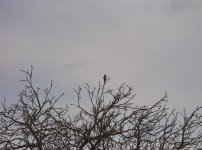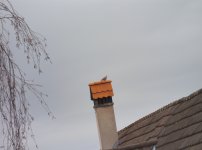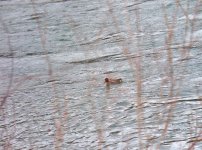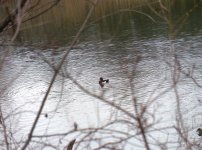Hermann
Well-known member

Yes, the Visio is for documentation. And the Visio is of course a lot lighter than a binocular+camera+lens. That's what makes it attractive.I tried to be fair: the ax is on auto, so I left the G9 to fend for itself. But I'm still impressed with the ax result: it is for documentation, not photo contests😄
The power of the G9 with the 100-400mm is quite lovely!
Too right. The big white (or, in the case of Nikon, black) lenses are not only very expensive but also bulky and heavy. I certainly wouldn't want to carry an f4/600 in the field. And certainly not in the fjells ...Edit: the G9 fully equipped plus the AX is till way less than a Canon F4 600 mm...(price has been mentioned as a factor earlier)
Sure, but more focal length and a bigger sensor would make the Visio bigger and heavier. It's a compromise. And everyone must decide for themselves whether that compromise works for them. I myself will continue to carry a camera when necessary (or when it makes sense) for the time being.The Visio is more for people who have been struggling with digiscoping difficulties forever like me and want an easy-to -carry straightforward combination of good binocular optics with a documentation feature that‘s at least acceptable. But, of course a camera with more FL and better sensor would be welcome.
They may well be useful. I'd need to try a Visio in the field to decide whether they are worth it.By the way: in the birding community, other features of the Visio beside bird ID seem almost never discussed. I was recently told by an army instructor in artillery that he had been waiting forever for something like the new „share-discoveries“ function with the compass and inclinometer which makes it much easier to teach his class target identification in mountain terrain.
I could imagine hunters and also birders who observe in groups might find these features useful as well.
Hermann













